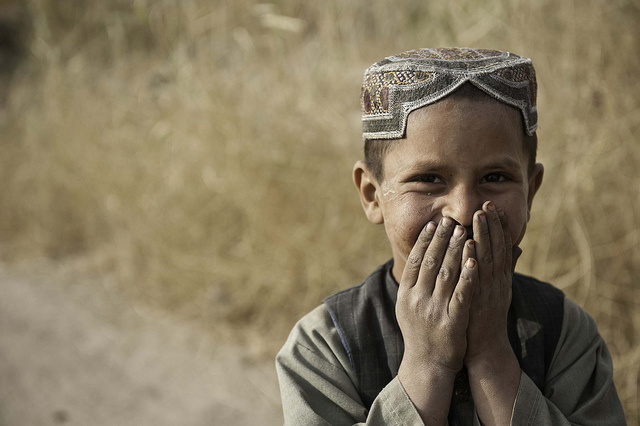Top Poverty in Afghanistan Facts

In recent memory, people often think of Afghanistan as the nation of the Taliban, who provided sanctuary to terrorists like Osama bin Laden. However, they do not tend to think about how a country falls into the grip of such extremism. Often, when poverty is widespread, terrorism and instability take hold. Poverty in Afghanistan has been a serious problem for nearly three decades, starting with the Soviet invasion of Afghanistan in 1979.
This instability can make poverty alleviation an uphill battle. According to the World Bank’s 2017 Poverty Status Update Report regarding socioeconomic progress in Afghanistan, the 15 years of growth that the country has seen are now jeopardized by a recent rise in insecurity. The World Bank Country Director for Afghanistan, Shubham Chaudhuri, explains that with poverty rising from 36 to 39 percent of the Afghan population, there need to be reinforcements to guarantee that economic growth reaches Afghan families. For further information about the living conditions of the Afghan people, here are 10 facts about poverty in Afghanistan.
Top 10 Facts About Poverty in Afghanistan
- According to Aryana Aid, poverty in Afghanistan stems from two factors: “food insecurity and the lack of a social security net.” As a result, 50 percent of Afghan children are stunted and 20 percent of Afghan women of child-bearing age are underweight.
- Food is distributed unequally throughout the country, going mainly to areas where there is heavy fighting. This puts more strain on people in other areas and contributes to the ongoing food insecurity,
- Furthermore, half of the people living in both rural and urban regions have no access to clean water.
- The government’s strategy to address food insecurity has been to focus on adequate calorie intake, but this has left people susceptible to food price shocks, meaning they lower the quality of their diet in order to afford food.
- The war in Afghanistan is one of the main contributing factors to poverty; 55 to 75 percent of the Afghan population is living in poverty in the worst-hit regions, whereas as other regions have lower poverty rates.
- According to Center for Strategic and Regional Studies, the poverty rate in Afghanistan has remained stagnant since the outbreak of war in 2001, even with increases in foreign aid.
- Only 28 percent of the entire Afghan population 15 years and older is literate.
- Because of the lack of water and other necessities, Afghanistan has the highest infant mortality rate in the world.
- Approximately 70,792 Afghan families are taking refuge in unclean makeshift camps; 25 percent of those families have been living there for more than ten years.
- Unemployment is a significant challenge in relocating these and other internally displaced people, as they are reluctant to return to rural areas where there are no jobs available.
To help bring some relief to these issues, Aryana Aid has been providing food packages to the people of Afghanistan since 2009. In early 2018, USAID’s Office of Food For Peace provided $25 million to the World Food Programme; an estimated 547,000 malnourished Afghan people were provided with emergency aid from local and regional marketplaces.
The World Bank projected economic growth for Afghanistan in 2017, by 2.6 percent compared to 2.2 percent in 2016. The progression is predicted to continue in 2018 with a 3.2 percent growth, which will help cure the many problems listed on the top 10 facts about poverty in Afghanistan.
– Christopher Shipman
Photo: Flickr
